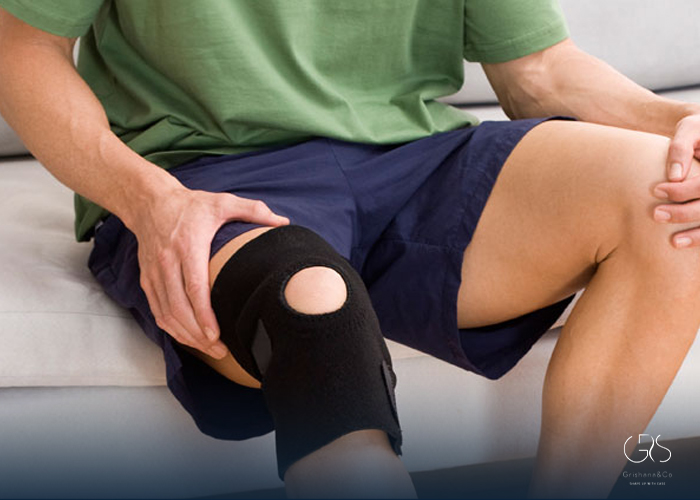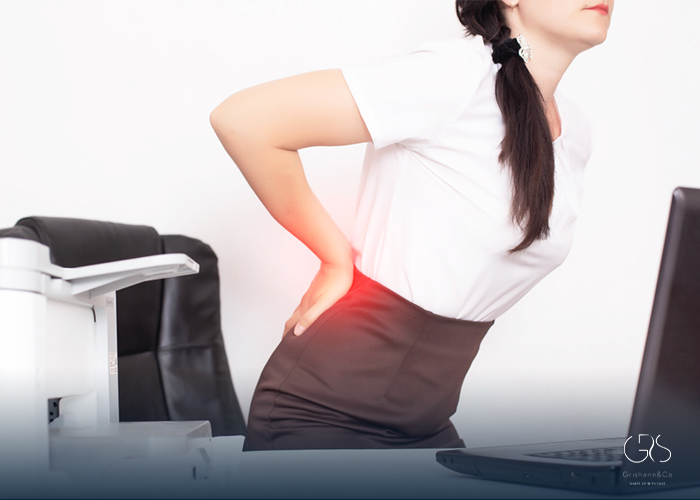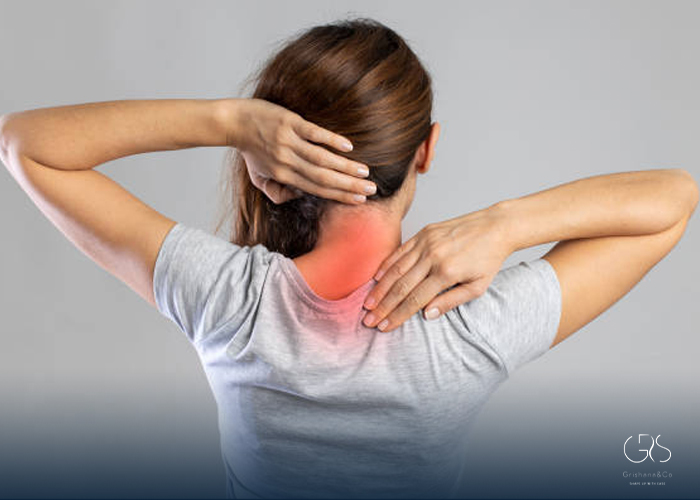Knee pain is a prevalent condition that affects individuals of all ages and lifestyles. From athletes to sedentary individuals, knee pain can significantly impact daily activities and overall quality of life. Understanding the causes of knee pain, finding effective relief strategies, and implementing preventive measures are essential for managing this common ailment. In this comprehensive guide, we will explore the causes, symptoms, risk factors, diagnosis, prevention, and living with knee pain.
Causes of Knee Pain
- Osteoarthritis: Osteoarthritis is the most common cause of knee pain in older adults. It occurs when the cartilage that cushions the knee joint wears away, leading to pain, stiffness, and swelling. According to the Arthritis Foundation, osteoarthritis affects over 32.5 million adults in the United States alone.
- Sports Injuries: Knee pain often arises from sports-related injuries, such as ligament tears (e.g., ACL, MCL) or meniscus tears. These injuries can occur due to sudden trauma or overuse during activities like running, jumping, or contact sports.
- Overuse and Strain: Repeated stress and strain on the knee joint can result in pain and discomfort. Activities like running, weightlifting, or jobs that require excessive kneeling or squatting increase the risk of overuse injuries.
- Tendonitis: Tendonitis refers to the inflammation of tendons surrounding the knee joint. It commonly occurs due to repetitive movements or excessive stress on the tendons.
Finding Relief for Knee Pain
- Rest and Activity Modification: Resting the knee and avoiding activities that exacerbate pain can help reduce inflammation and promote healing. Modifying activities to decrease impact and stress on the knee joint is crucial for pain management.
- Physical Therapy: A qualified physical therapist can design a customized exercise program to strengthen the muscles around the knee, improve flexibility, and restore functionality. Physical therapy is especially beneficial for chronic knee pain.
- Pain Management: Over-the-counter nonsteroidal anti-inflammatory drugs (NSAIDs) can temporarily alleviate knee pain and reduce swelling. However, it is important to consult a healthcare professional before taking any medication.
- Weight Management: Maintaining a healthy weight reduces stress on the knee joints. Studies have shown that even a modest weight reduction can significantly decrease knee pain and slow down knee osteoarthritis progression.
- Assistive Devices: The use of knee braces, orthotic inserts, or walking aids can provide support, stability, and pain relief for individuals with knee pain. These devices help distribute weight evenly and reduce strain on the knee joint.
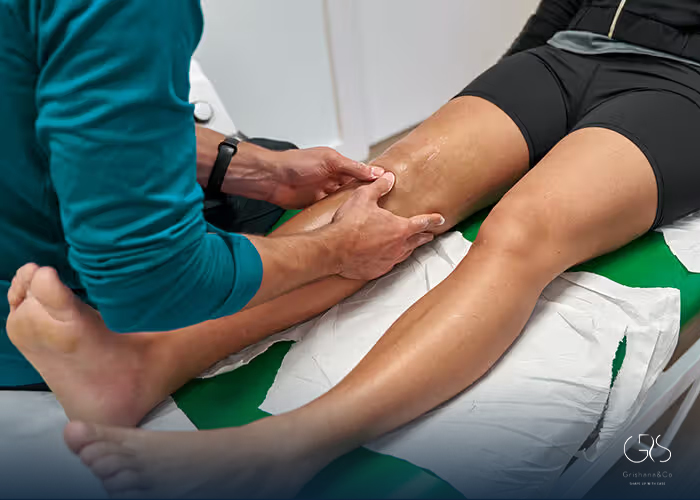
Symptoms of Knee Pain
Knee pain may present with a variety of symptoms, including:
- Pain, either sharp or dull, localized to the knee joint
- Swelling and inflammation around the knee
- Stiffness or limited range of motion
- Weakness or instability in the knee
- Grinding sensation or popping noises
- Difficulty walking or bearing weight on the affected leg
Potential Causes of Knee Pain
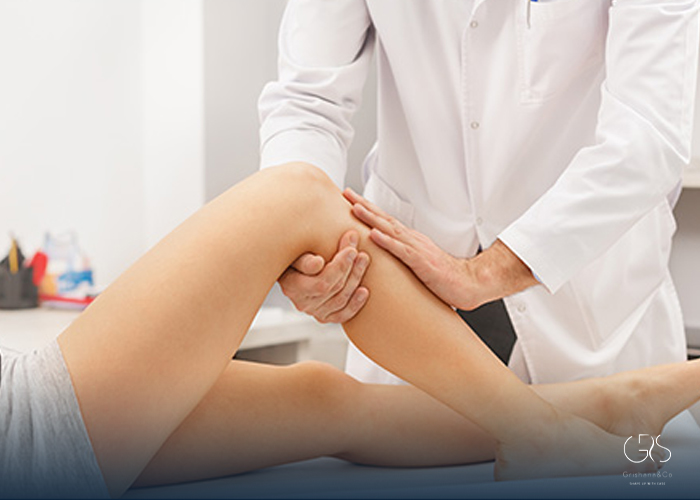
In addition to the common causes mentioned above, knee pain can be attributed to other factors such as:
- Rheumatoid arthritis
- Gout
- Bursitis
- Patellofemoral pain syndrome
- Osgood-Schlatter disease
Risk Factors for Knee Pain
Several risk factors increase the likelihood of developing knee pain, including:
- Age (higher risk for older adults)
- Gender (females are more prone to knee pain)
- Previous knee injuries or surgeries
- Obesity or excessive weight
- Participation in certain sports or physical activities
- Occupational factors (jobs requiring repetitive knee movements or heavy lifting)
When To See a Healthcare Provider
It is recommended to consult a healthcare provider if:
- Knee pain persists for more than a few days
- There is severe swelling or inflammation
- The knee is visibly deformed or unable to bear weight
- There is persistent redness or warmth around the knee
- Conservative measures fail to provide relief
How Is Knee Pain Diagnosed?
To determine the exact cause of knee pain, a healthcare provider may perform the following:
- Physical examination of the knee, including range of motion assessment
- Review of medical history and symptoms
- Imaging tests (X-rays, MRI, CT scan) to visualize the knee’s internal structures
- Blood tests to rule out underlying systemic conditions
How To Prevent Knee Pain
While some causes of knee pain are unavoidable, there are steps individuals can take to reduce the risk and severity of knee pain:
- Maintain a healthy weight to alleviate stress on the knee joints.
- Engage in regular exercise to strengthen the knee muscles and improve joint stability.
- Warm-up before physical activity and use proper techniques while exercising.
- Wear appropriate footwear with proper cushioning and support.
- Avoid sudden changes in intensity or duration of physical activities.
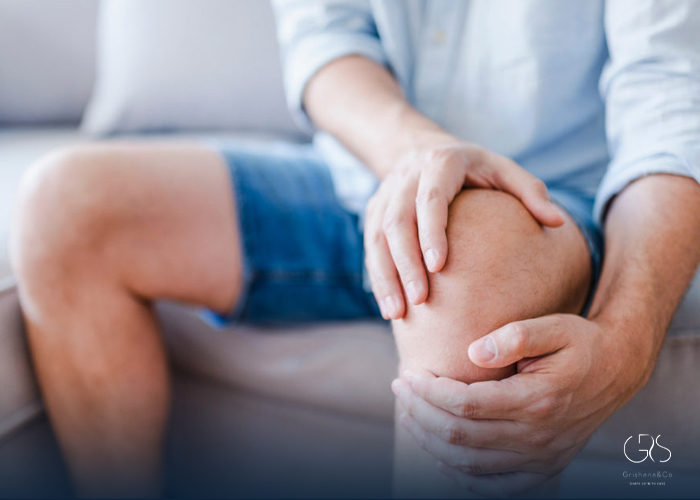
Living With Knee Pain
Living with knee pain can be challenging, but lifestyle modifications and self-care practices can help manage the condition effectively:
- Adopting a healthy diet and weight management strategies to reduce the load on the knees.
- Engaging in low-impact exercises like swimming or cycling to maintain strength and flexibility.
(You can learn about the health benefits of swimming by reading this article.) - Applying heat or cold therapy to alleviate pain and reduce inflammation.
- Using assistive devices like knee braces or orthotic inserts to provide support and improve function.
- Employing stress reduction techniques like meditation or yoga to manage pain perception.
Conclusion
Knee pain can significantly impact daily life, but understanding its causes, seeking appropriate relief strategies, and incorporating preventive measures are vital for managing the condition. By implementing a comprehensive approach involving rest, physical therapy, pain management, weight management, and assistive devices, individuals can find relief and regain their quality of life.
Sources
- Arthritis Foundation, Osteoarthritis
- National Institute of Arthritis and Musculoskeletal and Skin Diseases , Treatment of Meniscal Problems in Osteoarthritis
- MedlinePlus , Knee Injuries and Disorders


